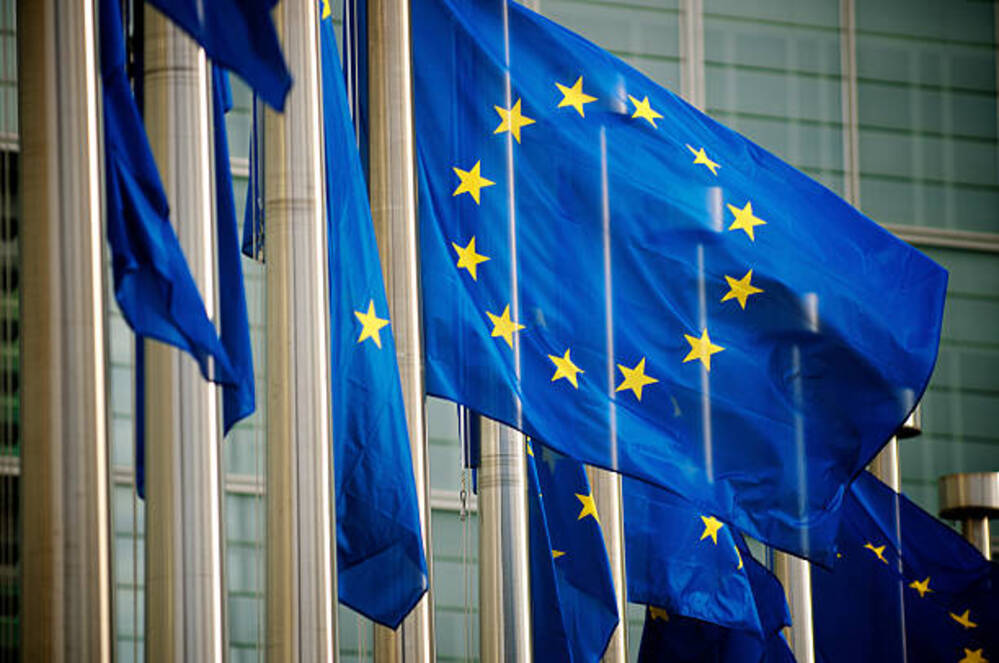Despite opposition from nations like Italy, the European Parliament’s energy committee on Thursday endorsed regulations to remodel millions of European properties to reduce emissions and save energy. Thus, the regulations will push owners to renovate their real estate aiming for greener buildings.
About 40% of the energy consumed in the European Union is used to heat buildings, most of which use fossil fuels. The EU is negotiating regulations to modernize buildings to use less energy, a measure intended to hasten countries’ transition away from Russian gas and lower household bills.
Residential and non-residential must become greener buildings
The parliamentary committee approved regulations that would mandate the renovation of all EU structures with a “G” energy performance certificate. It represents the 15% of buildings that perform the worst nationally. The next worst is an “F” rating. Those buildings must adjust within the following ten years.
By 2027 and 2030, respectively, EU nations will have to rehabilitate non-residential structures to an E rating. Residential buildings would be subject to the 2030 and 2033 deadlines for E and D, respectively. That would necessitate the renovation of millions of structures using techniques like improved insulation or heating systems.
According to Ciarán Cuffe, the rules’ chief legislator, this is also a growth plan for Europe that will create hundreds of thousands of high-quality employment in the local building, remodeling, and renewable energy sectors.
Before finalizing the agreement with other EU nations through negotiations, the full EU Parliament will vote on it in March.
Some countries oppose it: Renovation is expensive
Despite opposition from several nations, like Italy, which wants to put off renovations because it claims neither the government nor households can pay them, lawmakers supported the regulations.
The parliamentarians endorsed a more aggressive timetable than what the European Commission had initially suggested. However, some proponents claimed that until 2037, loopholes might exclude more than 20% of inefficient residential buildings.
If carried out, the parliamentarians’ agreement, according to insulation producer Rockwool, may reduce Europe’s gas use.
Greener buildings mean less gas for heating
According to Brook Riley, Rockwool’s head of EU affairs, the position MEPs are supporting would reduce gas imports by around 35 billion cubic meters annually (by 2033) and save households tens of billions on energy costs.
Before invading Ukraine in 2022, Russia provided over 155 billion cubic meters of gas to Europe annually.
What does it mean “greener buildings”?
Buildings that are created, maintained, and managed with an eye on the environment are referred to as “greener buildings.”
This frequently entails lowering the carbon footprint of the structure, enhancing energy effectiveness, conserving water, cutting waste, and employing sustainable materials. If the building is more environmentally friendly, it will reduce its influence on the environment.
The terms “green buildings” and “sustainable buildings” or “high-performance structures” are synonyms.
Making buildings greener can have both upfront costs and long-term financial benefits. The initial investment in energy-efficient technologies, materials and systems can be substantial. But it can also result in cost savings in the long run through lower energy bills, reduced water usage, and decreased maintenance costs.
In many cases, the financial benefits of green buildings can outweigh the costs. For example, a building that is designed as energy-efficient can significantly reduce its energy consumption and operating costs, leading to long-term savings for the building’s owner.
Additionally, green buildings can also provide a range of non-financial benefits, such as improved indoor air quality and increased natural light. These benefits can improve the well-being of occupants, increase productivity, and enhance the reputation and market value of the building.

